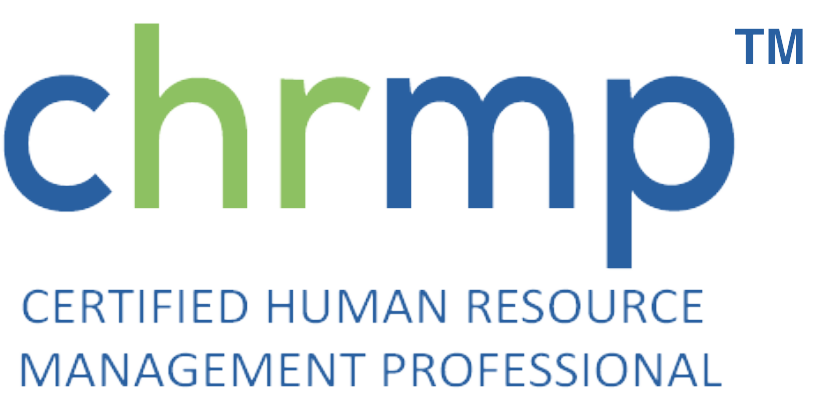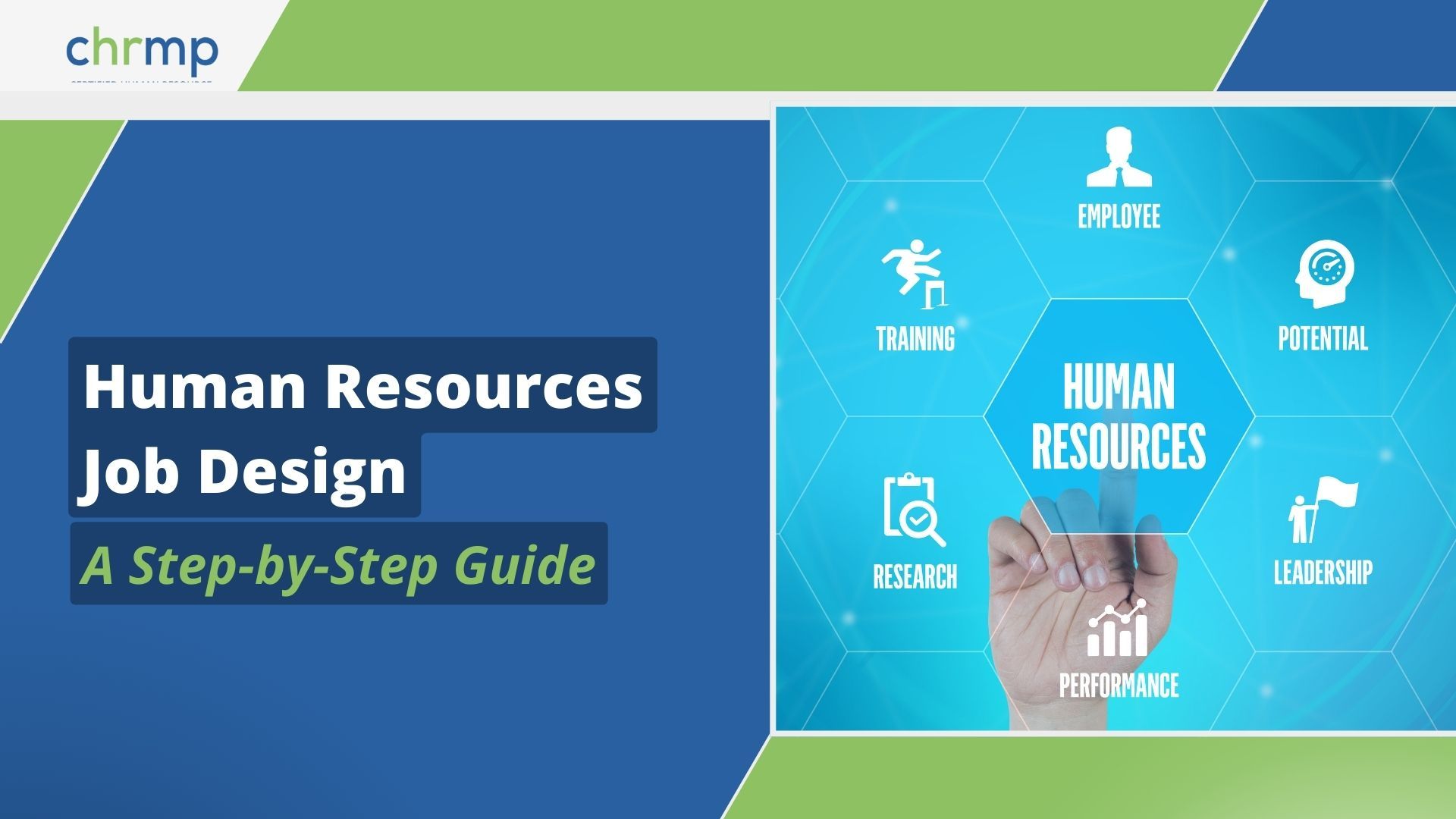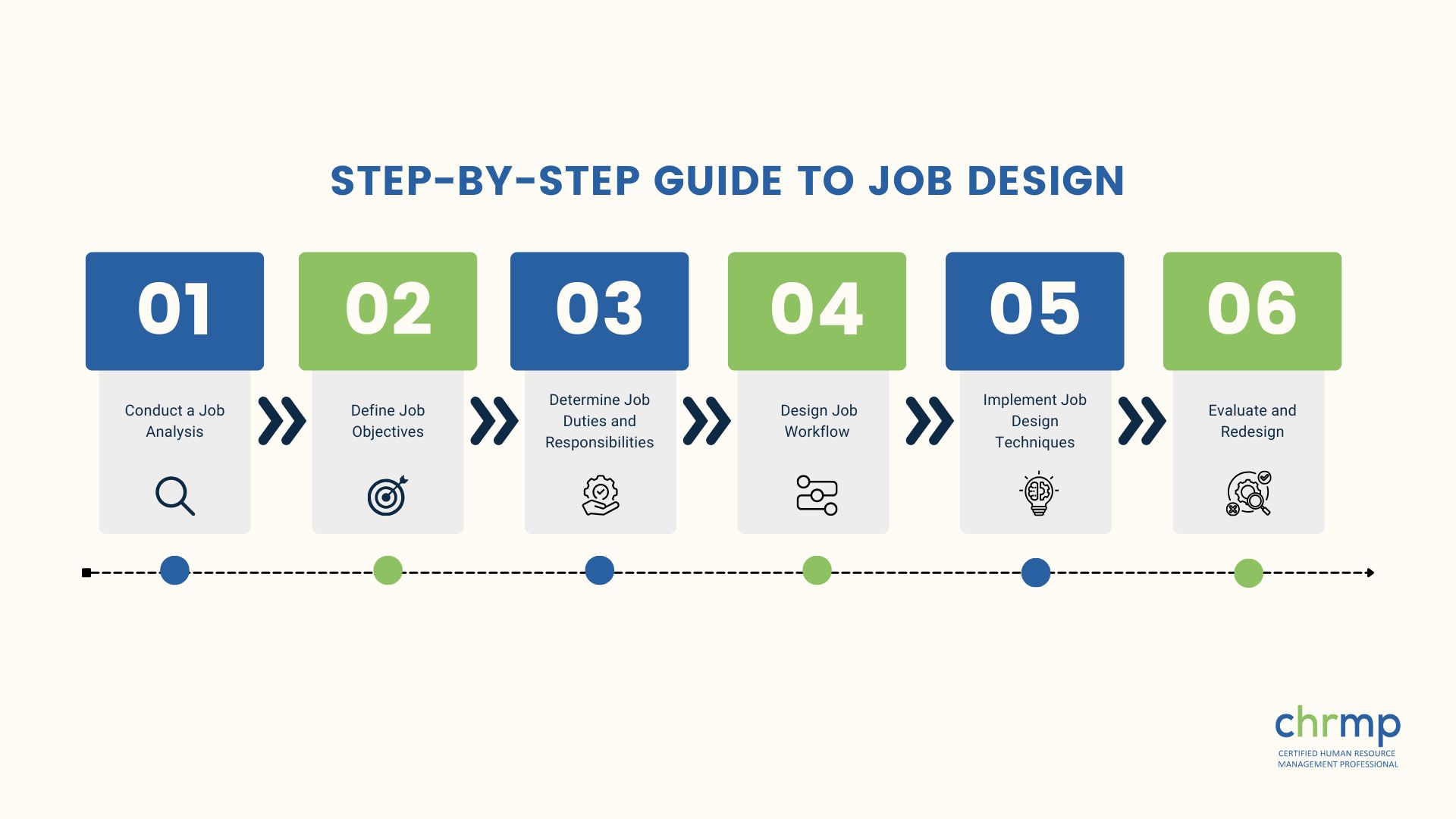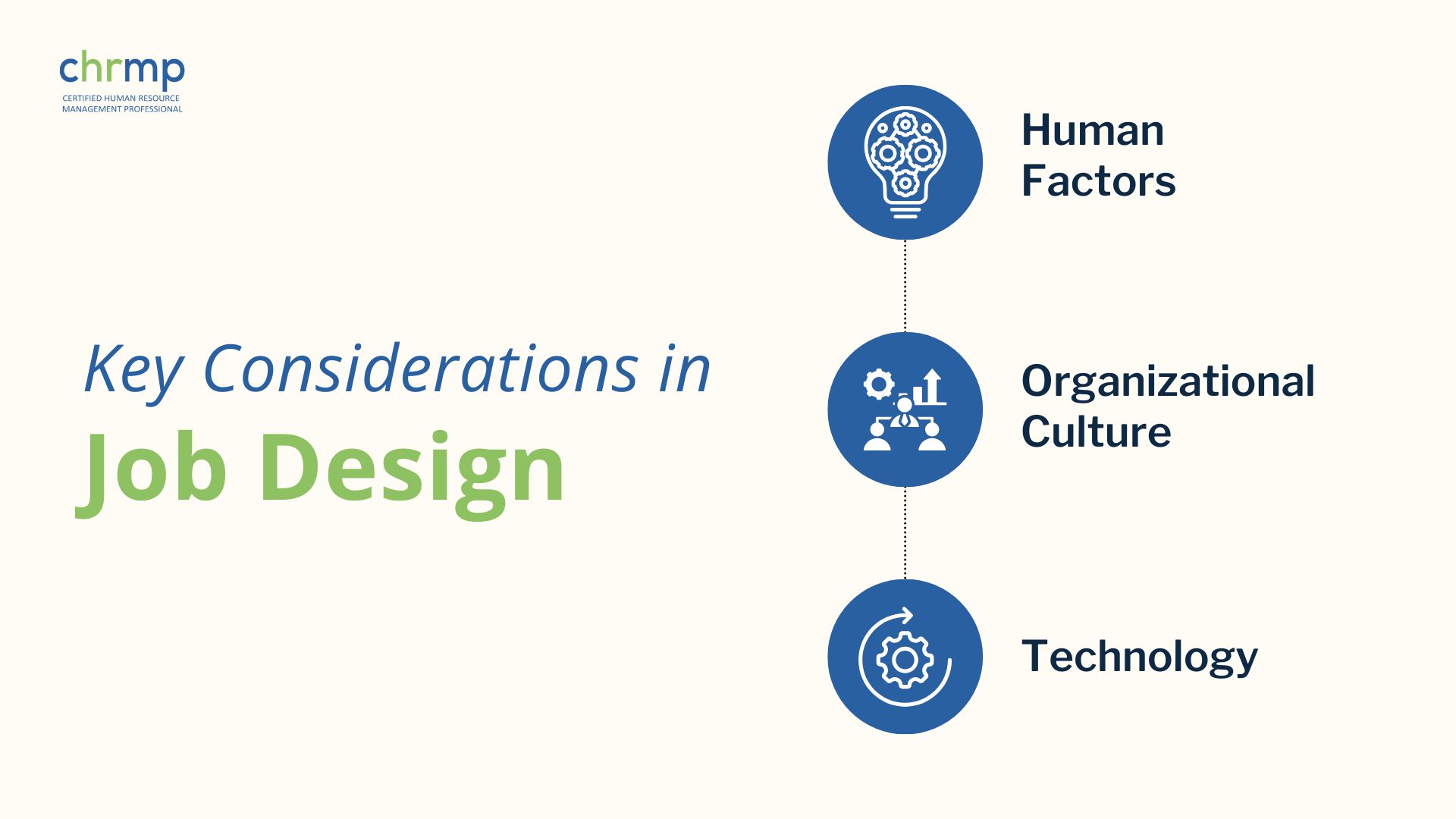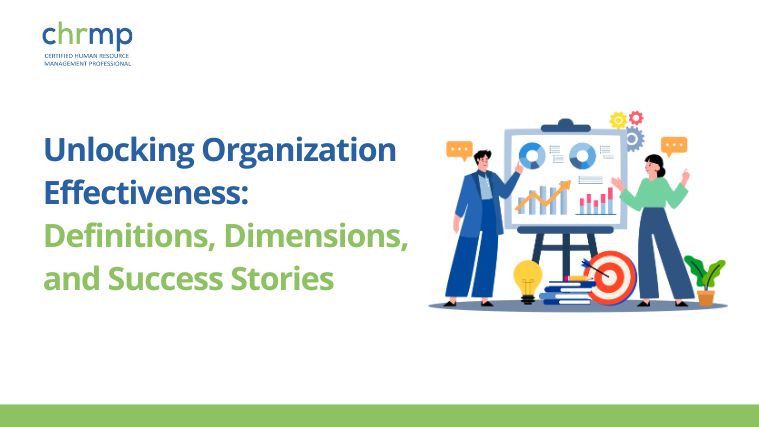Have you ever wondered how effective job design can transform an organization’s efficiency and employee satisfaction? In this comprehensive Job Design in HRM guide, we will explore the essential aspects of job design in Human Resource Management (HRM) and provide you with a step-by-step approach to implementing it effectively.
What is Job Design in HRM?
Job design is a crucial aspect of human resources that involves organizing tasks, duties, and responsibilities into a productive unit of work. The primary goal is to enhance employee satisfaction and performance by ensuring that jobs are well-structured, motivating, and aligned with organizational objectives.
Job design encompasses various components such as task variety, autonomy, and feedback, all of which contribute to how employees perceive their roles and how effectively they can perform them. By focusing on these elements, organizations can create jobs that not only meet business needs but also promote employee well-being and engagement.
Why is Job Design Important in HRM?
Human resources job design plays a pivotal role in determining the success of an organization. It influences recruitment, employee engagement, performance management, and retention. Effective job design can lead to improved job satisfaction, reduced turnover, and higher productivity.
When jobs are well-designed, they can attract top talent, as candidates are more likely to be drawn to roles that are clearly defined and offer opportunities for growth and development. Furthermore, employees who are satisfied with their job design are more likely to be engaged and motivated, leading to better performance and a positive workplace culture.
Step-by-Step Guide to Job Design
1. Conduct a Job Analysis
The first step in job design is conducting a thorough job analysis. This involves collecting information about the job’s tasks, responsibilities, skills, outcomes, and work environment. Techniques of job design in HRM, such as interviews, questionnaires, and observations, are commonly used to gather this data.
Job analysis helps in identifying the key requirements of a job and provides a foundation for designing roles that are both efficient and satisfying. It involves understanding the specific tasks that need to be performed, the skills required, and the context in which the job exists.
2. Define Job Objectives
Clearly defining the objectives of the job is crucial. These objectives should align with the overall goals of the organization. This step ensures that the job contributes effectively to the company’s mission and vision.
Job objectives provide direction and purpose, helping employees understand how their roles fit into the broader organizational context. Well-defined objectives also facilitate better performance management and evaluation, as employees have clear benchmarks against which their performance can be measured.
3. Determine Job Duties and Responsibilities
Based on the job analysis, outline the specific duties and responsibilities of the job. Ensure that these are realistic and achievable, and consider including elements that can enhance job satisfaction, such as task variety and autonomy.
Job duties and responsibilities should be clearly communicated to employees to avoid confusion and ensure accountability. Providing detailed job descriptions can also help in setting expectations and providing a basis for evaluating job performance.
4. Design Job Workflow
Designing the job workflow involves organizing tasks in a logical sequence to maximize efficiency and minimize downtime. This includes determining the interdependencies between tasks and ensuring smooth handoffs between employees or departments.
Effective workflow design can lead to significant improvements in productivity and quality. By streamlining processes and eliminating unnecessary steps, organizations can reduce bottlenecks and enhance overall operational efficiency.
5. Implement Job Design Techniques
Several techniques of job design in HRM can be applied to create effective job roles. These include:
- Job Rotation: Employees rotate between different jobs to gain diverse skills and experiences. This technique can reduce monotony and increase employee engagement by providing variety in work.
- Job Enlargement: Increasing the scope of a job by adding more tasks to prevent monotony. This can enhance job satisfaction by providing employees with a broader range of responsibilities and opportunities to develop new skills.
- Job Enrichment: Enhancing a job by adding more meaningful tasks and giving employees more responsibility. This technique focuses on increasing the depth of a job to make it more rewarding and fulfilling.
6. Evaluate and Redesign
Job design is not a one-time activity. Regular evaluation and redesign are essential to keep the job roles relevant and effective. Solicit feedback from employees and supervisors, and make necessary adjustments to improve job satisfaction and performance.
Key Considerations in Job Design:
Human Factors:
Consider the physical and psychological needs of employees. Ergonomics and mental well-being play a significant role in job satisfaction and productivity. Ensuring that the work environment is comfortable and conducive to productivity can reduce stress and enhance overall job performance.
Organizational Culture:
The job design should reflect and reinforce the company’s culture and values. Jobs should be designed in a way that promotes the desired organizational behaviors and supports the company’s strategic goals.
Technology:
Leverage technology to streamline tasks and improve efficiency. Automation and AI can significantly impact job design by reducing repetitive tasks and allowing employees to focus on more strategic and creative activities.
Real-Time Example: Job Design at Toyota
Toyota’s approach to job design emphasizes continuous improvement and employee involvement. The company uses the Kaizen philosophy, encouraging employees to suggest improvements to their jobs. This not only enhances efficiency but also increases job satisfaction and engagement.
At Toyota, job design is an ongoing process that evolves with the needs of the business and its employees. The focus on continuous improvement ensures that jobs are always optimized for efficiency and effectiveness, while employee involvement fosters a sense of ownership and commitment to the organization’s success.
Conclusion
Effective job design in HRM is a critical factor in building a productive and satisfied workforce. By following a systematic approach to job design, organizations can create roles that align with their strategic objectives and meet the needs of their employees.
Investing in job design can lead to numerous benefits, including improved employee engagement, higher productivity, and lower turnover rates. Organizations that prioritize job design are better positioned to attract and retain top talent, foster a positive work environment, and achieve long-term success.
Call to Action:
Are you ready to transform your organization’s job design process? Contact us today to learn more about how our HR solutions can help you create effective and satisfying job roles. By leveraging our expertise, you can ensure that your job design strategies are aligned with best practices and tailored to meet the unique needs of your organization.
